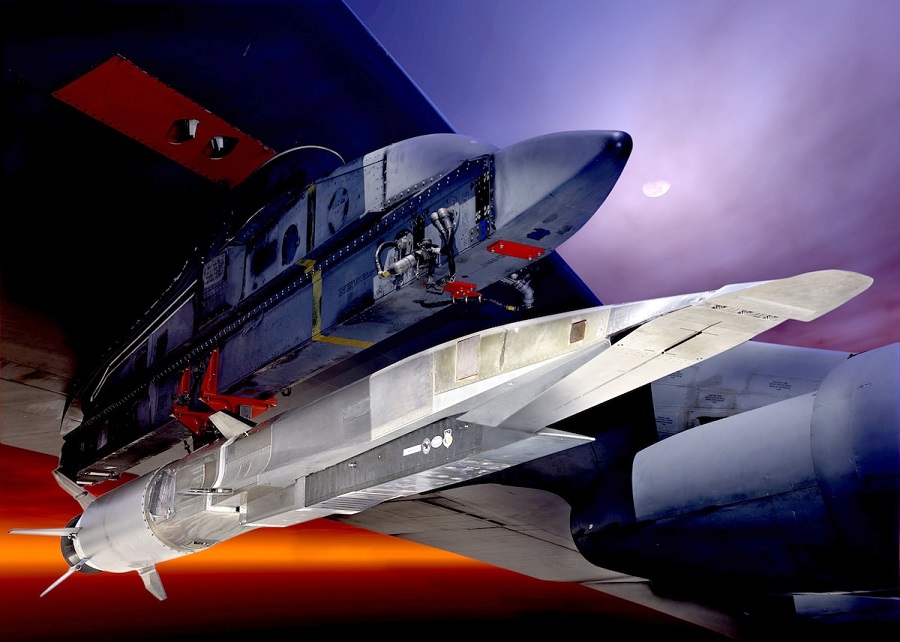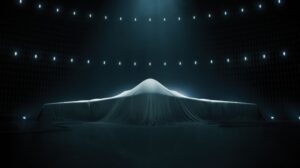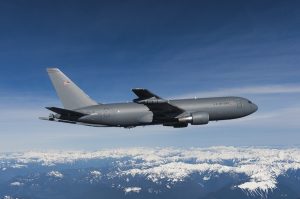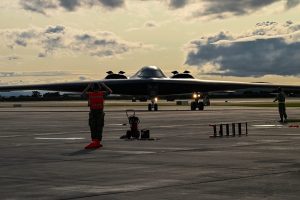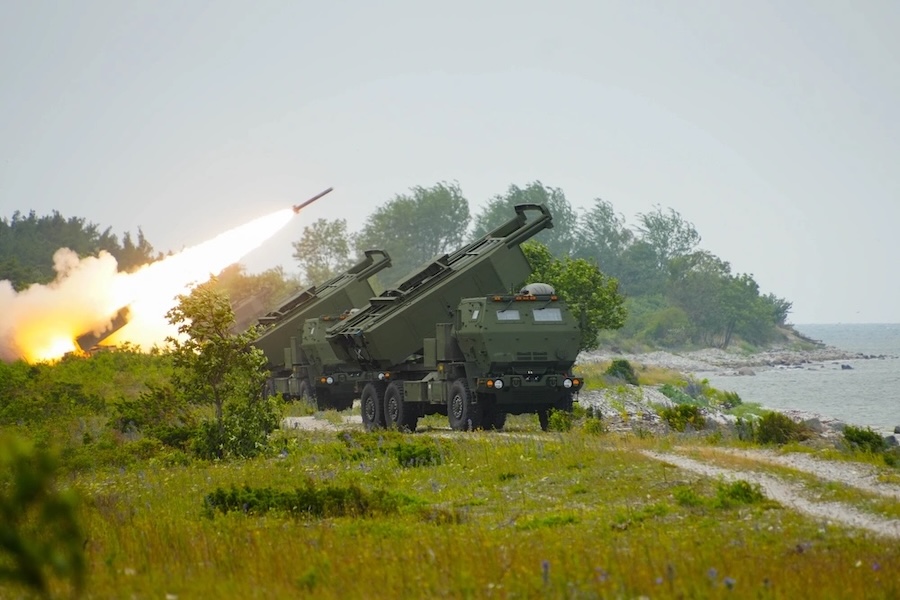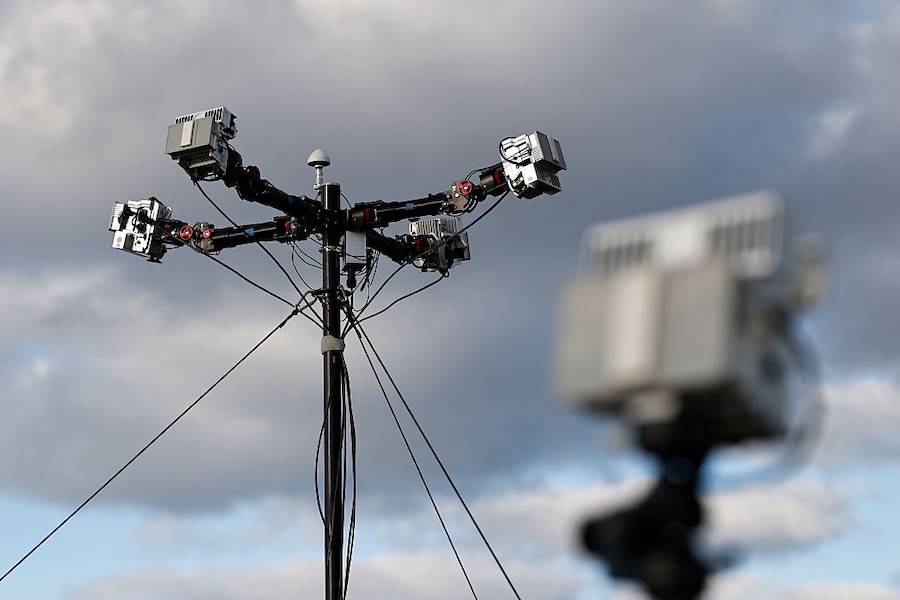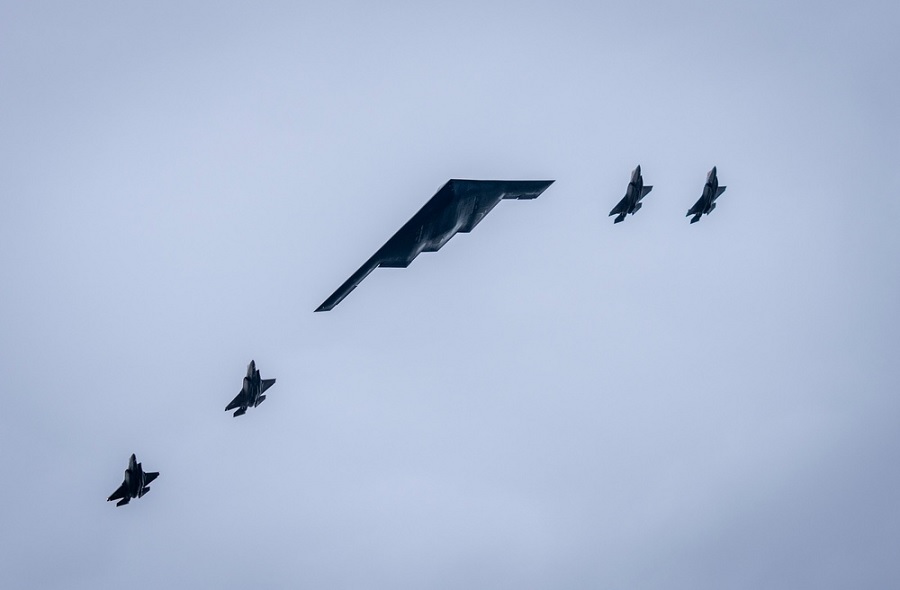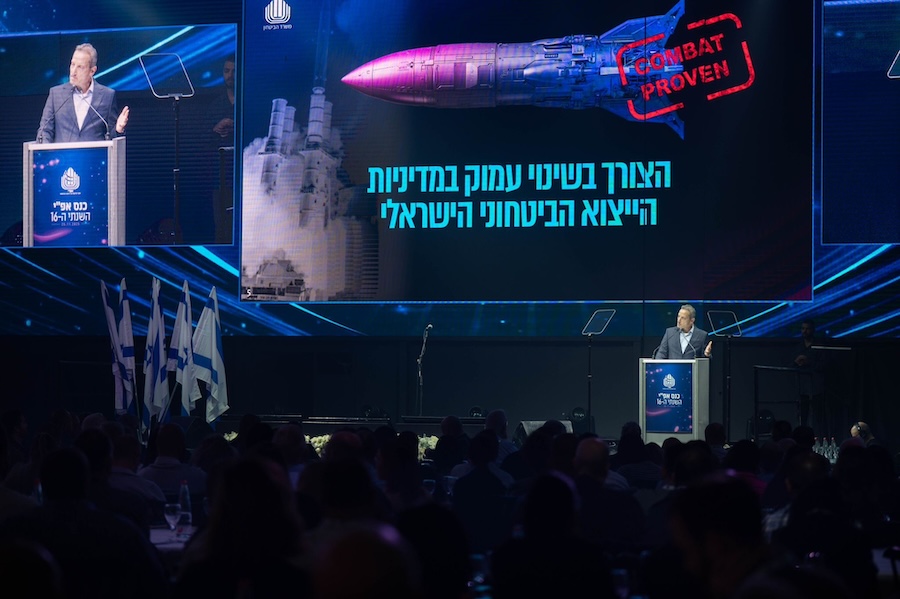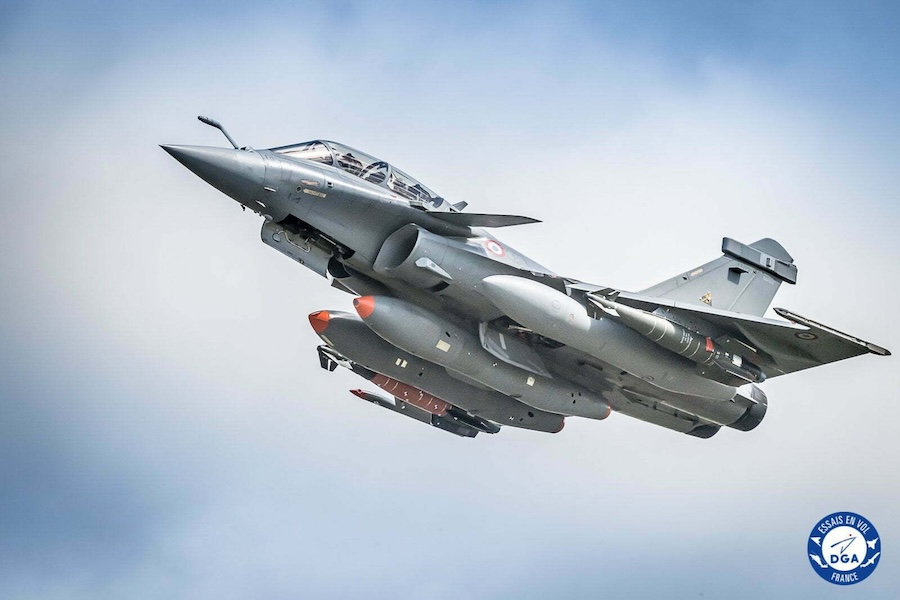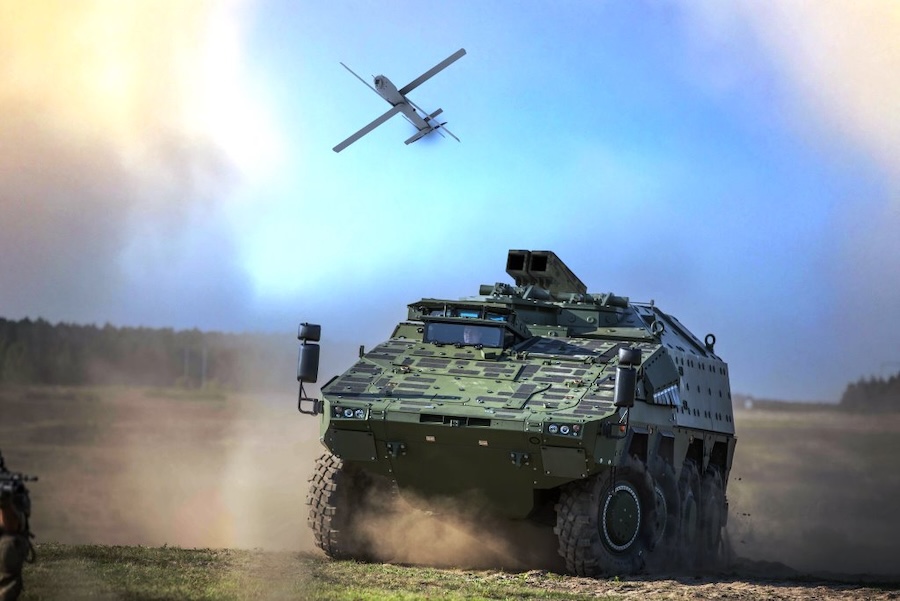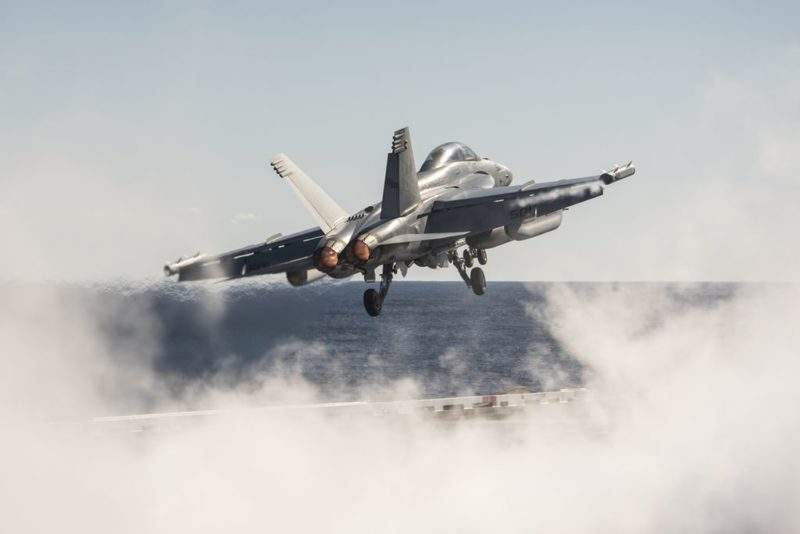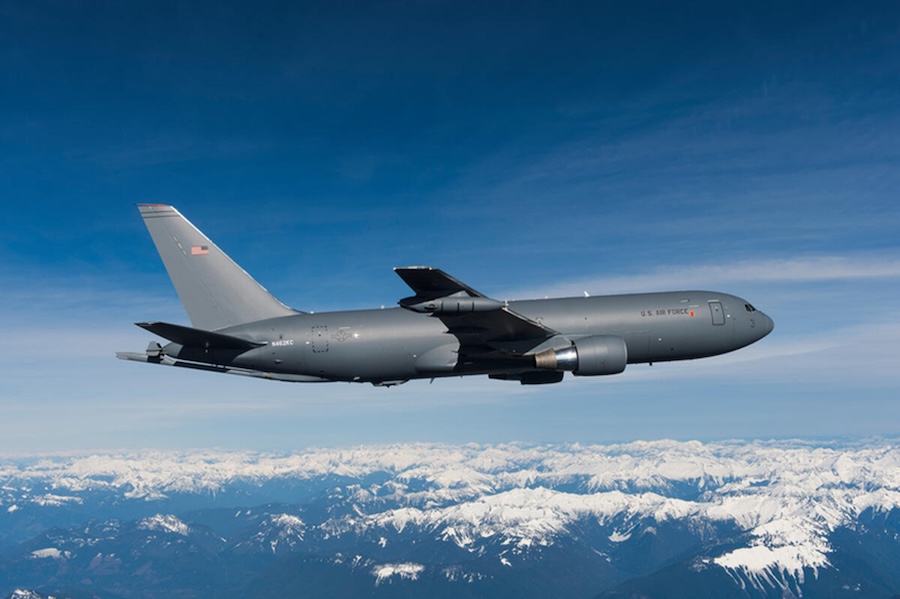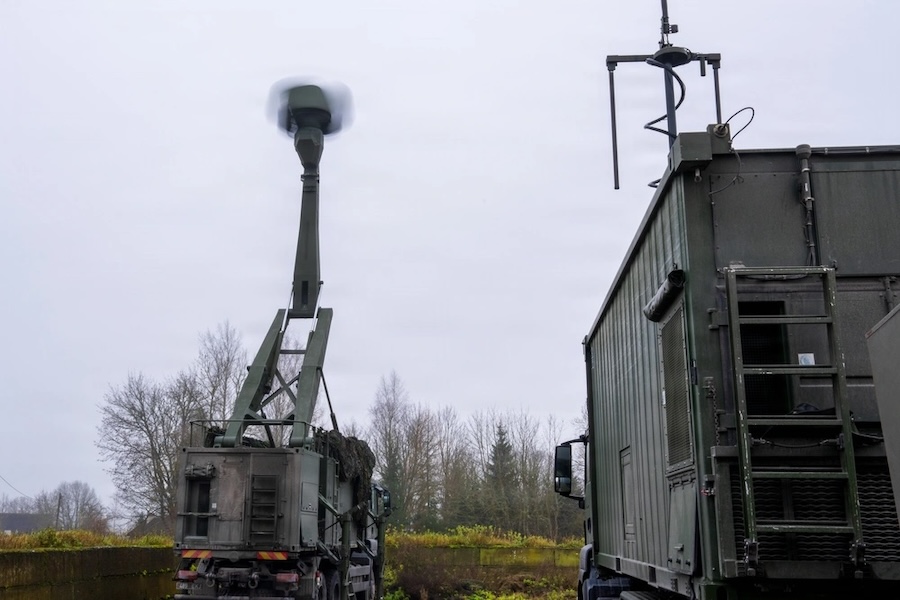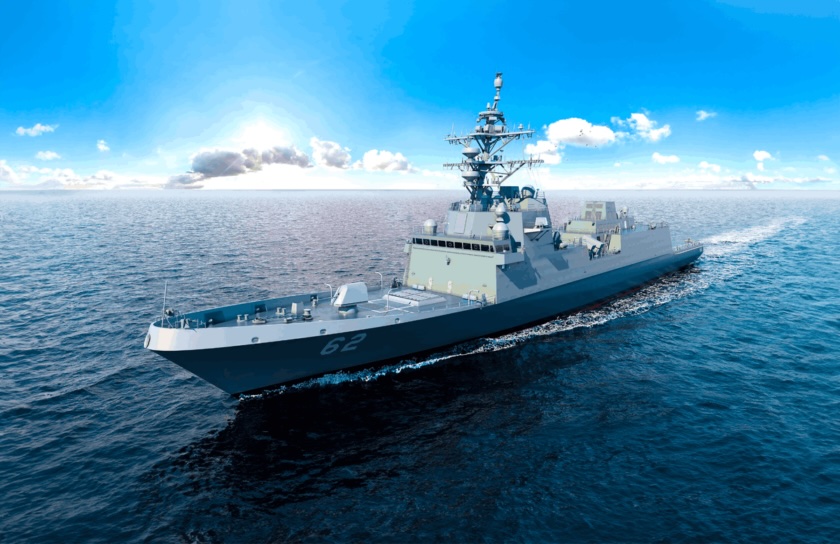Developed by Boeing, the LAM pylons are modular and repositionable, streamlining weapon integration without bespoke mounts. The pylons are designed to accommodate munitions such as the AGM‑158 JASSM and emerging hypersonic missiles, potentially enabling each B‑1B to carry up to 36 hypersonic weapons when combined with conventional armaments.
“The B‑1 LAM pylon is going to be used to allow us to carry a variety of different weapons and different weapons configurations on the external pylons of the B‑1,” said Lt. Col. Scott Pontzer, 419th Flight Test Squadron Commander. “That will enable weapon delivery and testing in a variety of different configurations and to include new different weapon release profiles.”
Currently, the U.S. Air Force operates 44 B‑1B bombers, down from an original 100 due to retirements and accidents. These aircraft are being phased out in favour of the new B‑21 Raider, but the LAM upgrade is intended as an interim enhancement to maintain payload capability.
The LAM pylons reactivate the bomber’s external hardpoints, originally used during the Cold War for nuclear cruise missiles but decommissioned under treaty agreements. One station now holds a Sniper targeting pod, with others repurposed for LAM installations.
With the LAM configuration, each B‑1B could carry up to 24 internal and 12 external munitions, including as many as 144 Small Diameter Bombs or a complement of hypersonic weapons. The aircraft could serve as a hypersonic weapons testbed and a formidable “missile truck” in the short term.
This move is part of a broader strategy to address delays in the B‑21 Raider programme and counter growing strategic threats posed by hypersonic developments in China and Russia. Budget documents note that the high-capacity loadouts enhance “standoff volume of fires” and reduce transition risk before the B‑21 enters full service




